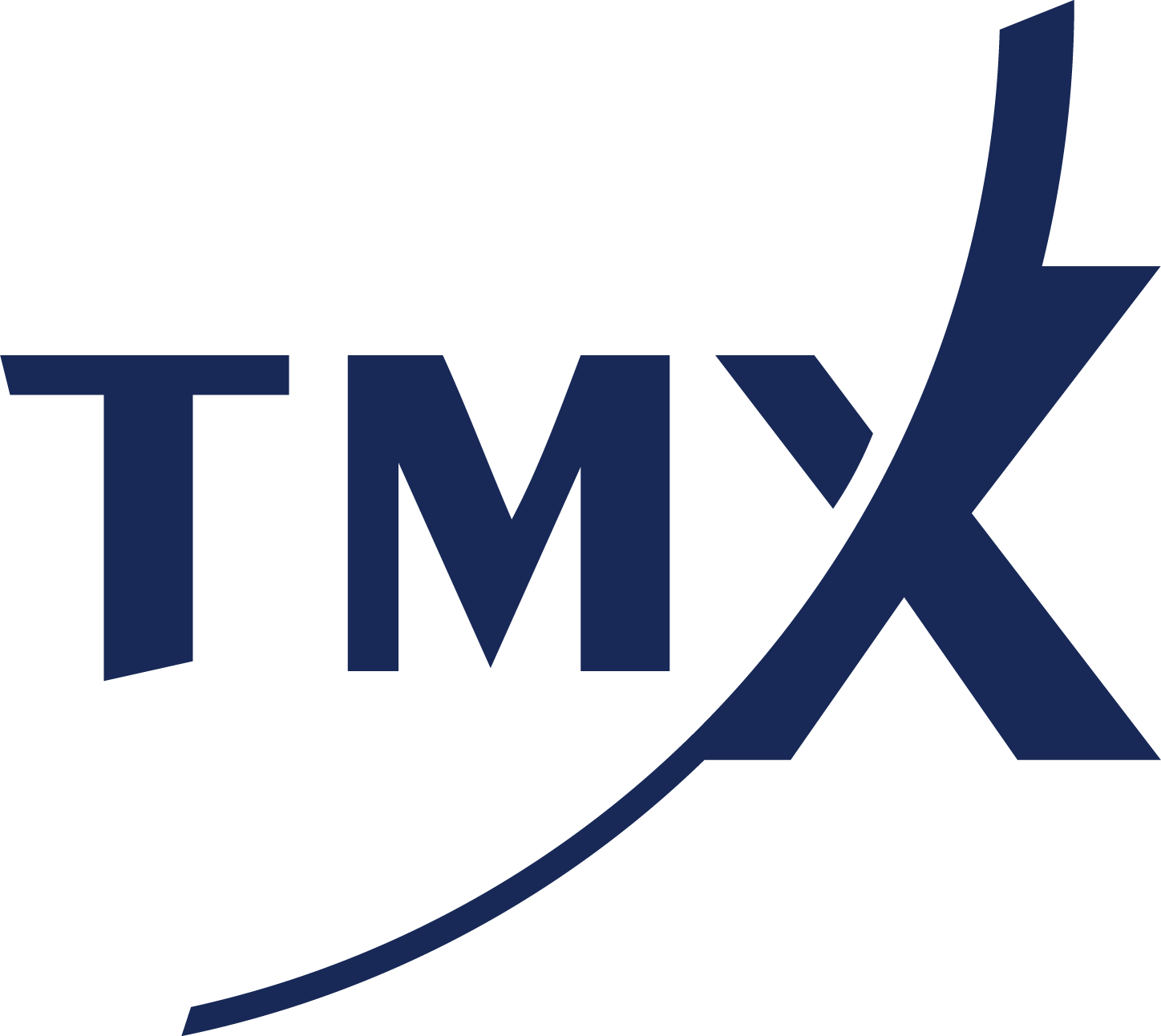Jobs Week on Wall Street: Hard and Soft Data Go Head-to-Head
Published: June 3, 2025.
-
Hard economic data suggest the US economy is on a decent footing, but surveys remain weak
-
A host of labor market indicators light up the screen this week as consumer confidence rebounds
-
Shareholder meetings are in the queue, while investors keep one eye on social media posts from the president
The battle is on. Not so much between the bulls and bears but between the hard and soft macro data. The former, which consists of real numbers on retail sales, inflation, and job growth, asserts that the US economy is in fine shape after worrying GDP figures from the first quarter. The latter, however, paints a gloomier picture, given weak consumer sentiment and business survey findings.
Better Vibes?
Tariffs and volatile trade policy have clearly weighed on the collective mood, making the soft data quite recessionary. Good news was found in last week’s Consumer Confidence Survey published by The Conference Board. It revealed a surprise uptick in the headline Consumer Confidence Index, which rose by the most in four years, although it remains significantly below the average from 2022 through 2024.1
Moreover, both the Present Situation and Expectations Indexes increased, perhaps buoyed by improved family finance vibes and a decline in the perceived likelihood of a US recession over the next 12 months.2
Early-Week Soft Data: Manufacturing PMIs
But that was just one report. Last Friday’s final update of the University of Michigan Surveys of Consumers for May remained bleak.3 According to VettaFi, the differing signals between the two consumer readings comes from the fact that they employ different methodologies and measure different aspects of consumer attitudes.
In the here and now, the first week of the new month means not only do we get key Purchasing Manager Indexes (PMI) from both S&P Global and the Institute for Supply Management (ISM) (soft data) but also the most important hard data point of all—the monthly Employment Situation put out by the US Bureau of Labor Statistics (BLS).
Let’s take it one step at a time to identify the crucial volatility catalysts as we begin the final month of the first half after a stunning S&P 500® rally in May. Following Monday’s PMI surveys from S&P Global and the ISM, we received April job openings figures via the Job Openings and Labor Turnover Survey (JOLTS). Once among the most market-moving labor-market clues, it has become less pivotal as the balance between the number of job openings and available workers has normalized.
A Check on the Housing Market
On Wednesday, Wall Street Horizon’s economic calendar is busy. The action gets going in the pre-market with the weekly Mortgage Bankers Association (MBA) Mortgage Applications roundup—the going rate for a 30-year loan hovers near the 7% mark, although we did see a surprising uptick in April New Home Sales driven by builders aggressively pushing inventory. A pullback in the 10-year Treasury note yield could help sustain a bounce in real estate demand this summer, but that will depend on how the macro data unfolds.4
Wednesday: ADP, Services PMIs, the Fed’s Beige Book
Later in the morning, ADP Research reports employment change numbers for May. The consensus forecast is light, below 80,000, and it would follow just 62,000 private payroll jobs added in April. Of course, macro-onlookers are likely aware that ADP’s employment gauge often differs from what the BLS puts out. Still, it may offer early glimpses of changes within the labor market; the timely survey dissects job shifts in the economy by company size and industry.
ADP prints at 8:15 a.m. ET, then comes a final May read on S&P Global’s Services PMI, which, along with Monday’s Manufacturing PMI, rounds out the Composite PMI. A number above 50 indicates expansion, and the bulls hope for solid data, given the better-than-expected Flash PMIs reported two weeks ago.5 ISM Services comes at 10 a.m. ET. Mid-week action isn’t done; the Federal Reserve’s Beige Book, which offers anecdotal information on current economic activity throughout the Fed’s 12 districts, hits the tape in the afternoon, always a fun read!
Thursday: Challenger Job Cuts, Jobless Claims
Thursday’s hard data slate kicks off with the Challenger Job-Cut Report from the outplacement firm Challenger, Gray & Christmas, Inc. Recall that layoffs soared to more than 275,000 in March, among the most concerning macroeconomic indicators of the year. It was the highest total for a month since April 2020, sparking recession fears. April’s total was far less at 105,441 cuts, marking the biggest sequential decline since June of 2020.7
It’s a volatile survey, so while the consensus estimate is closer to April’s figure than March’s, it could move stock and bond futures prices before the bell. Weekly Jobless Claims (Initial and Continuing) is the final major macro print before Friday’s nonfarm payrolls (NFP) update. Initial claims remain relatively low, under 250,000, which does not scream recession. Continuing claims, however, could soon reach 3 million, which would be the highest since 2021.
Friday: Nonfarm Payrolls
We’ve buried the lead enough. All the macro attention will be on Friday's Employment Situation report, which contains the weekly change in nonfarm payrolls, the unemployment rate, and data on workers’ earnings. The consensus calls for another rise in the total number of employed persons, but concerns remain elevated about where the jobless rate will be later this year.
The headline NFP number has been solid the past two months at 177,000 and 185,000, respectively, while the unemployment rate has hovered in a range from 4.0% to 4.2% since last May. A sudden worsening in the labor market could prompt the Fed to consider cutting interest rates sooner. Still, if we see stability in the number of jobs created and a steady unemployment rate, the Federal Open Market Committee (FOMC) may remain on hold for many more months.
Corporate Events
Elsewhere, be on guard for volatility in single names as we are still in the heart of Shareholder Meeting season:
-
June 3: General Motors (GM)
-
June 4: AppLovin (APP), Devon Energy (DVN), SuperMicro Computer (SMCI)
-
June 5: Salesforce (CRM), Walmart (WMT), Netflix (NFLX), Palantir (PLTR)
-
June 6: Alphabet (GOOGL)
The Bottom Line
This is a critical week on the macro front. All the big reports on the health of the jobs market cross the wires, presenting more evidence on whether a recession looms or if the “wait-and-see" economy keeps huffing and puffing along. Amid unpredictable social media posts from the president and unknowns on the trade policy front, the hard data has held up so far, and corporate earnings were impressive to begin the year. We’ll know more by week’s end.
1 Consumer confidence for May was much stronger than expected on optimism for trade deals, CNBC, Jeff Cox, May 27, 2025, https://www.cnbc.com
2 US Consumer Confidence Partially Rebounds in May, The Conference Board, May 27, 2025, https://www.conference-board.org/topics/consumer-confidence
3 May 2025 Update: Current versus Pre-Pandemic Long-Run Inflation Expectations, University of Michigan, May 30, 2025, https://data.sca.isr.umich.edu
4 Lower prices boost new US home sales; outlook downbeat amid higher mortgages, Reuters, Lucia Mutikani, May 23, 2025, https://www.reuters.com
5 Output growth improves in May, but prices spike higher amid tariff impact, S&P Global, May 22, 2025, https://www.pmi.spglobal.com
6 Summary of Commentary on Current Economic Conditions by Federal Reserve District, April 23, 2025, https://www.federalreserve.gov
7 April 2025 Job Cuts Plunge, But DOGE Drives 2025 Layoffs to Pandemic-Era Highs, Challenger, Gray & Christmas, May 1, 2025, https://www.challengergray.com
Copyright © 2025 Wall Street Horizon, Inc. All rights reserved. Do not copy, distribute, sell or modify this document without Wall Street Horizon's prior written consent. This information is provided for information purposes only. Neither TMX Group Limited nor any of its affiliated companies guarantees the completeness of the information contained in this publication, and we are not responsible for any errors or omissions in or your use of, or reliance on, the information. This publication is not intended to provide legal, accounting, tax, investment, financial or other advice and should not be relied upon for such advice. The information provided is not an invitation to purchase securities, including any listed on Toronto Stock Exchange and/or TSX Venture Exchange. TMX Group and its affiliated companies do not endorse or recommend any securities referenced in this publication. This publication shall not constitute an offer to sell or the solicitation of an offer to buy, nor may there be any sale of any securities in any state or jurisdiction in which such offer, solicitation or sale would be unlawful prior to registration or qualification under the securities laws of any such state or jurisdiction. TMX, the TMX design, TMX Group, Toronto Stock Exchange, TSX, and TSX Venture Exchange are the trademarks of TSX Inc. and are used under license. Wall Street Horizon is the trademark of Wall Street Horizon, Inc. All other trademarks used in this publication are the property of their respective owners.


